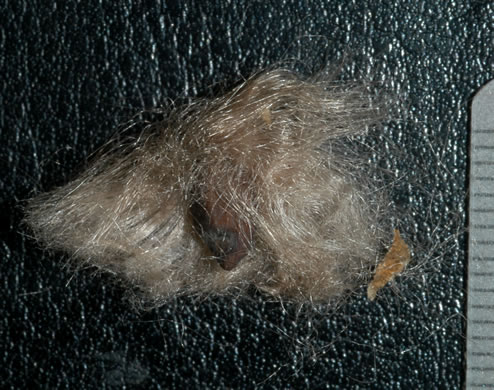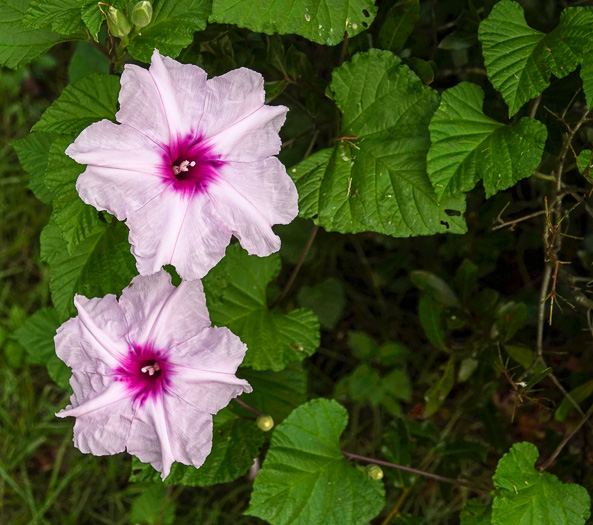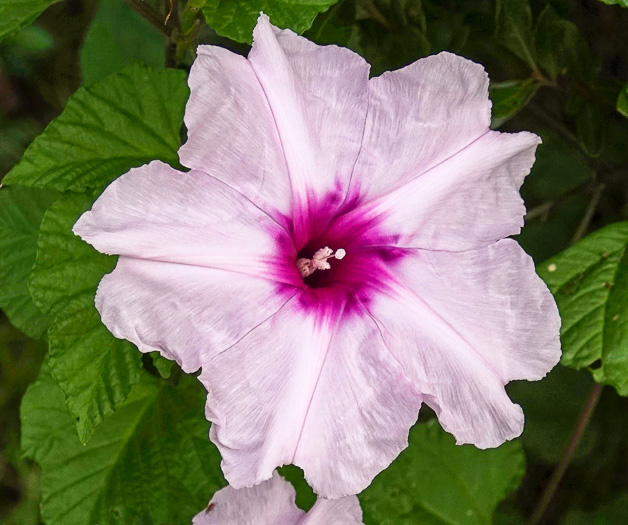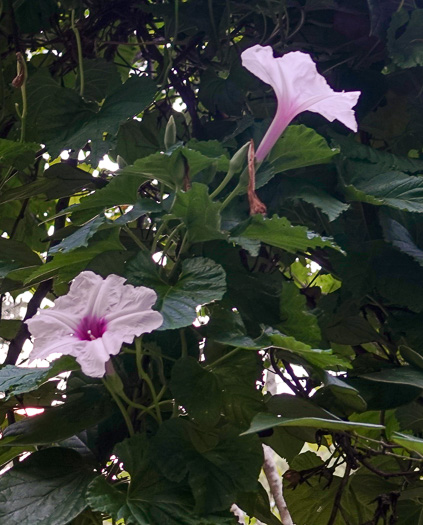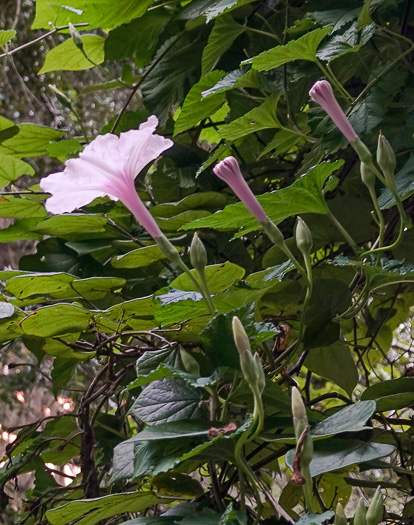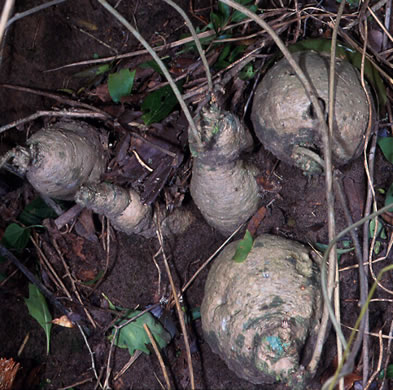Spermatophytes (seed plants): Angiosperms (flowering plants): Eudicots: Core Eudicots: Asterids: Lamiids: Solanales
WEAKLEY'S FLORA OF THE SOUTHEASTERN US (4/24/22):
Ipomoea macrorhiza
FAMILY
Convolvulaceae
Go to FSUS key
Dig deeper at SERNEC, a consortium of southeastern herbaria.
Read more about Indian Midden Morning Glory at Vascular Plants of North Carolina.
SYNONYMOUS WITH
PLANTS NATIONAL DATABASE:
Ipomoea macrorhiza
FAMILY
Convolvulaceae
SYNONYMOUS WITH VASCULAR FLORA OF THE CAROLINAS (Radford, Ahles, & Bell, 1968) 158-07-010:
Ipomoea macrorhiza FAMILY Convolvulaceae
SYNONYMOUS WITH Manual of the Southeastern Flora (Small, 1933, 1938)
Ipomoea macrorhiza
COMMON NAME:
Indian Midden Morning Glory, Largeroot Morning Glory, Manroot, Pink Moonvine
To see larger pictures, click or hover over the thumbnails.
Patrick D. McMillan pdmimacorhiza_seed1
February
Seeds villous, per Vascular Flora of the Carolinas (Radford, Ahles, & Bell, 1968).
Bobby Hattaway rah_I_macrorhiza3960
August Bryan County GA
Leaves pubescent, crinkled; older leaves often 3-lobed, per Guide to the Wildflowers of SC, 2nd ed. (McMillan, Porcher, Rayner, & White; 2022).
Bobby Hattaway rah_I_macrorhiza3960b
August Bryan County GA
Corolla white to pale pink or bluish, throat purplish within, per Guide to the Wildflowers of SC, 2nd ed. (McMillan, Porcher, Rayner, & White; 2022).
Bobby Hattaway rah_I_macrorhiza3964b
August Bryan County GA
Calyx hairy, per Guide to the Wildflowers of SC, 2nd ed. (McMillan, Porcher, Rayner, & White; 2022).
Patrick D. McMillan pdmipomoea_macrorhiza
Month Unknown
Native Americans cultivated the plant for its huge starchy tubers, per Guide to the Wildflowers of SC, 1st ed. (Porcher & Rayner, 2001).
WEAKLEY'S FLORA OF THE SOUTHEASTERN US (4/24/22):
Ipomoea macrorhiza
FAMILY
Convolvulaceae
SYNONYMOUS WITH
PLANTS NATIONAL DATABASE:
Ipomoea macrorhiza
FAMILY
Convolvulaceae
SYNONYMOUS WITH
VASCULAR FLORA OF THE CAROLINAS (Radford, Ahles, & Bell, 1968) 158-07-010:
Ipomoea macrorhiza
FAMILY
Convolvulaceae
SYNONYMOUS WITH
Manual of the Southeastern Flora (Small, 1933, 1938)
Ipomoea macrorhiza
If a search such as "Carex leptalea var. leptalea" doesn't deliver the results you want, try "Carex leptalea".
Or, to minimize chances of a misspelling, try just "Carex le".
Less is more: If "pencil flower" doesn't deliver the results you want, try "pencil".

